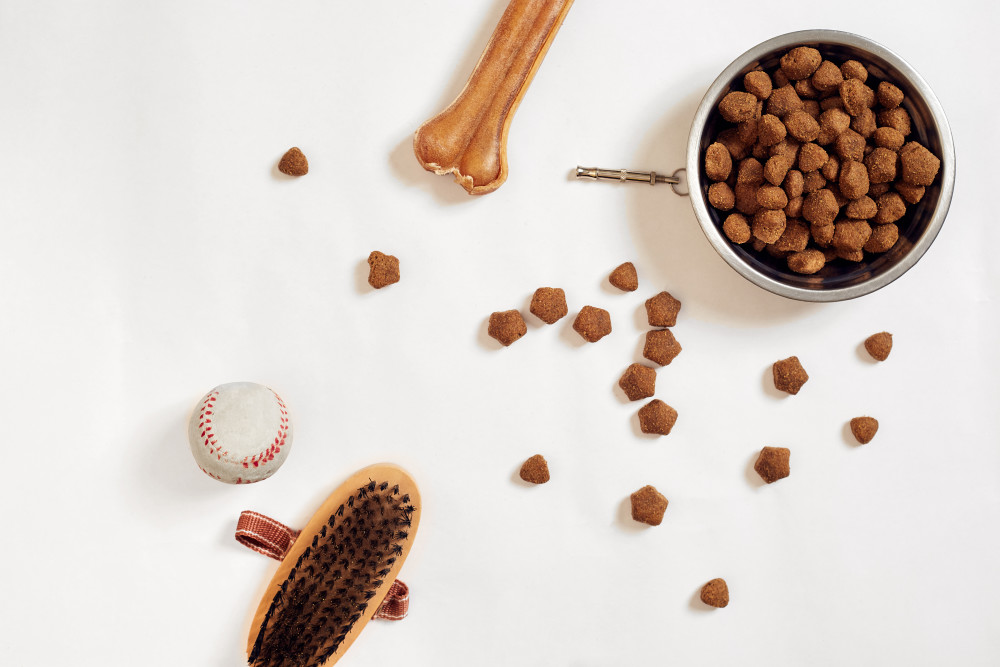Bloodhound

Bloodhound Overview
Bloodhounds are the Sherlock Holmes of the dog world. They’re professional sleuthers who are often hot on a trail. These are large dogs that can weigh up to 110 pounds and are best suited for households with lots of fenced-in outdoor space to roam and sniff. Bloodhounds have an unmistakable face with famously dropping, wrinkled skin, long ears and deep-set eyes that glow with wisdom. Their coats can range in colour from red, black and tan or liver and tan. This breed has strong legs that can cover a lot of treacherous ground in pursuit of a scent.
Bloodhounds are pack dogs, through and through, which makes them an excellent member of a family that has kids and other pets. While this breed is pretty chill, a Bloodhound’s nose has a mind of its own. Investing in a strong leash is recommended, and it’s advised to take your Bloodhound on long walks in areas where they can sniff to their heart’s content. Drooling with this breed is a fact, so be prepared with towels. Obedience training with Bloodhounds can also be a bit of work, so be patient.
Bloodhounds are committed members of many police forces around the world, thanks to their focus to follow a human scent, and are determined to help find a criminal or lost child. Even with today’s technology, there’s no match for a Bloodhounds’ nose.
Did you know?
Most courts will accept a Bloodhound’s mantrailing results as a form of testimony.
Bloodhound Stats
Kid-Friendly
Good with other animals
Caring for your breed
Daily kibble serving
2-3 cups
Daily exercise
2 hours
Grooming frequency
Brushed Regularly

Feeding your Bloodhound
A Bloodhound should be fed a high-quality dog food appropriate to its age, whether puppy, adult or senior. Be careful of your Bloodhound’s calorie consumption and weight level. Treats can be great incentive in training, but be aware of how many you feed them, as too many can lead to obesity. Refrain from sharing table scraps and especially avoid cooked bones and foods with high fat content. Learn more about what human foods are safe for dogs, and which are not. It’s important to talk to your vet if you have any concerns about your dog’s weight or diet. Always make sure your Bloodhound has fresh, clean water available.